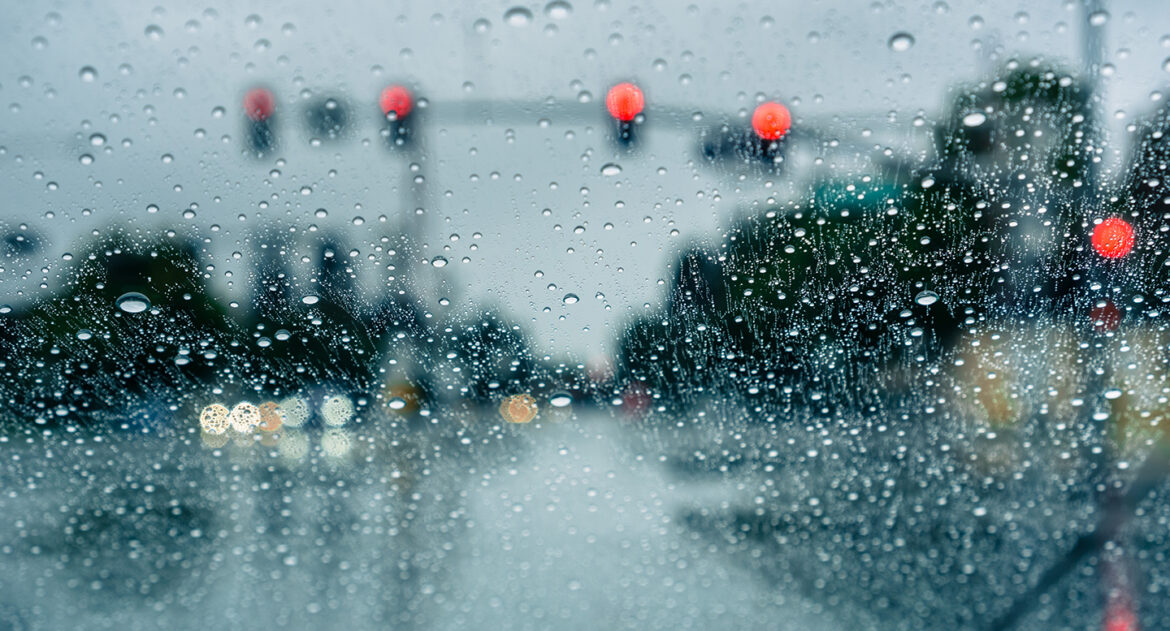Bad weather is a common thing here in the Ozarks. It is important to practice safe driving during bad weather. Bad weather can be typical seasonal conditions like rain, wind, fog and hail but can also include sleet, ice and snow. Extreme weather conditions such as tornadoes, torrential rain/snow and electrical storms are also included in this. If conditions are extreme or worsen quickly, it is best to postpone a trip and stay home rather than drive in the extreme conditions.
Here are a few tips for driving in bad weather:
- Plan Ahead – Driving in bad weather takes longer and can be more stressful. If you do not give yourself more time to reach your destination and feel you are running late, you only increase your stress level and could affect your driving.
- Drive Slowly – Give yourself more time during bad weather. This decreases the chance of hydroplaning, skidding and accidents.
- Leave Room in Front – We should always leave double the ‘cushion’ between us and the care in front of us when driving in rain, sleet, snow, etc. Brake time is slower in these conditions so you must allow yourself more room.
- Equipment is Working – In winter months, you should have your tires and brakes checked more frequently. Windshield wipers are in working order and headlights are clean. If ice or frost on your vehicle, clear your windshield and mirrors before leaving and keep them clear with your wipers and good wiper fluid. Its ok to stop and scrape ice/snow off during your trip (in a safe location)
- Low beams in Fog – During fog, you will actually have a better range of sight using your low beams. This is true driving through fog during the night or during the day. Low beam headlights not only help you to see, but also help other cars see you.
- Listen to the Radio – Keep your radio on a station that offers road condition information at a low volume during your trip. This will keep you informed of weather changes and may offer alternate routes or inform you of road closures and such. Keep the radio to a low volume so you can still concentrate on your surroundings.
- Drive Slowly – Yes I said this already – but this is the most important tip and worth saying it twice!! Drive more slowly than usual in bad weather.
- Buckle Up! – Always be sure you and your passengers wear seatbelts ALL THE TIME! Not only is it the law, it can also save lives.
- Pull Over if You Need To – If you feel tired at all, PULL OVER, rest your eyes. Do not be afraid of the time you may ‘waste’ by stopping for a bit. It is better to be a few minutes late than to not arrive at all. If the weather is bad, it may be a good idea to find a safe place to pull off the road and wait out the bad spell (be sure to use your hazards as well). If the weather is extreme with deep snow or heavy rain, but sure you are not pulling over into a deep puddle or snowbank.

